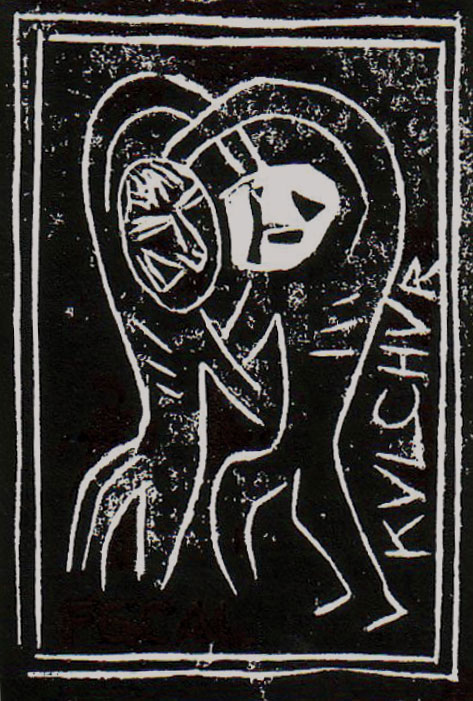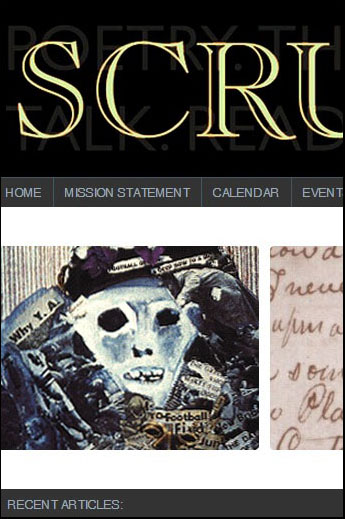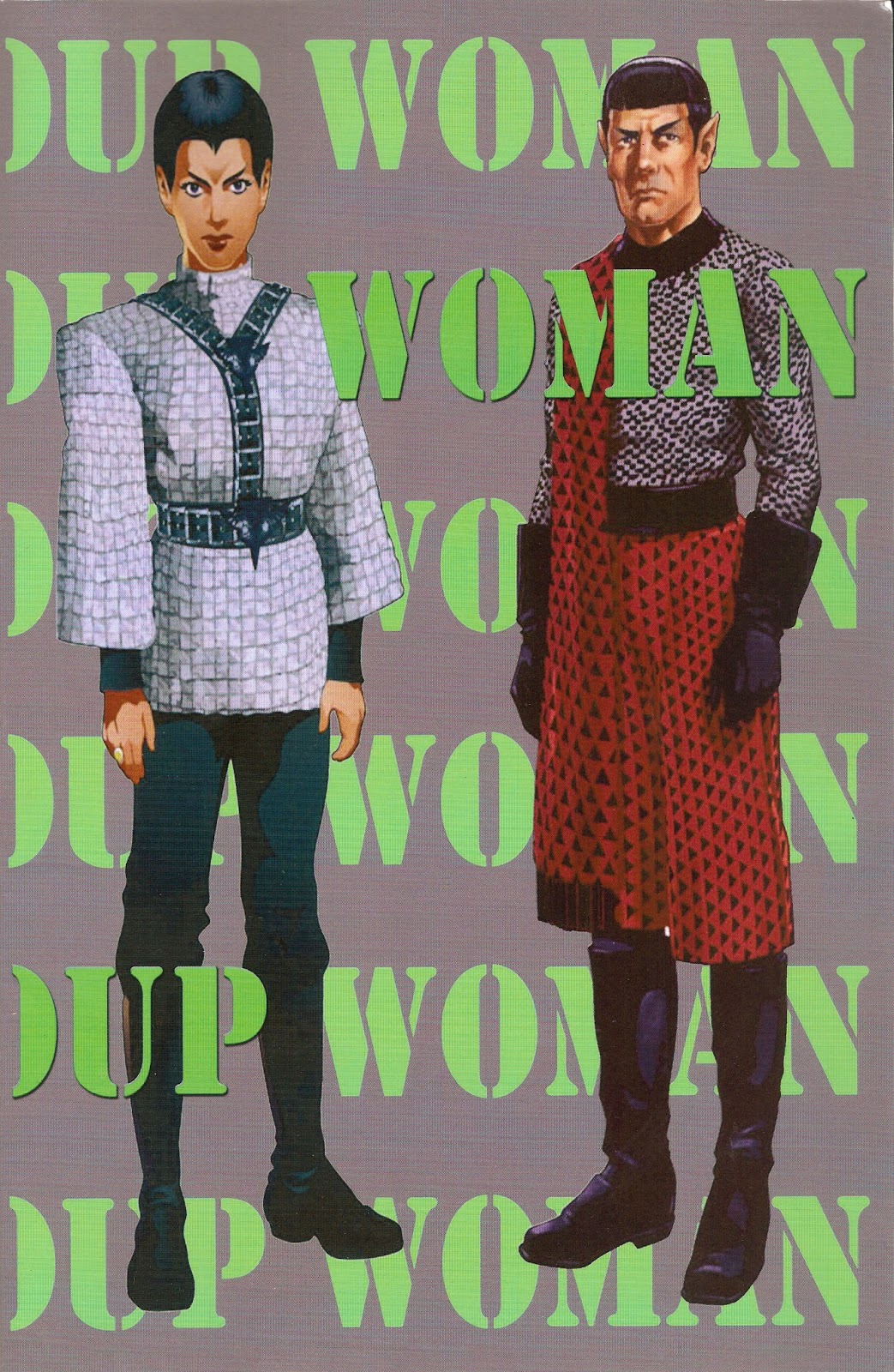THREE ON & AROUND SEPTEMBER 11
 ELIOT WEINBERGER. What Happened Here: Bush Chronicles. New Directions, 2005. Crossing all the conventional boundaries which distinguish verse from essay from political analysis from myriad other genres, Weinberger’s highly stylized portrait of America is at once elegy and prophecy, contemplative meditation and testimony charged with rage. He writes “in the limbo between the action and the reaction,” from a country where people are “marooned on the island of CNN” and trapped in a miasmic matrix of skillfully crafted misinformation.
ELIOT WEINBERGER. What Happened Here: Bush Chronicles. New Directions, 2005. Crossing all the conventional boundaries which distinguish verse from essay from political analysis from myriad other genres, Weinberger’s highly stylized portrait of America is at once elegy and prophecy, contemplative meditation and testimony charged with rage. He writes “in the limbo between the action and the reaction,” from a country where people are “marooned on the island of CNN” and trapped in a miasmic matrix of skillfully crafted misinformation.Although the pieces contained in the book were largely written for publication outside the US—“to demonstrate that the US was not a monolith of opinion”—the essays, in English, “tended to circulate via e-mail among individuals, turning up on blogs, websites, chat groups, and listservs. For writing of this kind, it is a happy way to publish: the readers vote with their forward buttons.”
While the Bush Dynasty is the tie that binds each essay to one another, Weinberger’s point of departure lies between the Tigris and Euphrates, in the emergence of Baghdad as a cultural center of the world. Weinberger reminds us that:
The poets of that city — particularly in its first three hundred years — were noted for their rejection of traditional verse forms, their unembarrassed hedonism in many varieties, their scorn for religious and social orthodoxies, their sycophancy in court and their bitter polemics outside it, their elaborate prosodic techniques and increasingly pedantic literary criticism.
The literary culture which emerged in ninth century Baghdad bears a remarkable likeness to that of contemporary literary culture in the US. The similarities are chilling. Weinberger humanizes Baghdad, something American media has conspicuously avoided doing. The foreignness, the distance between Iraq and America slips away. Rather than a city which threatens democracy (hegemony) in the region and poses a threat to the world at large through possession of WMD, Baghdad unfolds as a city of immense beauty and immeasurable depth, the omphalos of a centuries-old culture clearly worth preserving.
Just as Dante takes the reader by the hand, leading the reader through Inferno, Purgatorio, Paradiso, Weinberger reverses the order and leads us first through a luxuriant culture, a paradise. Then we are lead through the attacks of September 11, a confusing limbo where the earth beneath our feet is unstable, uncertain, a limbo where the breath of consciousness is held. Here time stands obstinately still amidst the threat of further terrorist attacks, the anthrax scare, an open-ended war in Afghanistan and the looming, imminent threat Saddam Hussein’s Iraq poses to the whole of western civilization. Weinberger, throughout these essays, reveals the inexplicable connections which bind media to government to the corporate world, all of them coming together in perfect accord under what he calls the “Bush junta.” As is well known now, Iraq never possessed WMD or even the resources needed for manufacturing WMD. The culture of fear Americans have, since 911, been held hostage in is demystified. And, in exposing this culture of fear as a smoke-screen manufactured by the Bush junta for the purpose of expanding its own interests, Weinberger carries us into an inferno where the very institutions responsible for protecting and informing American citizens (government and media) have recklessly compromised the safety of American citizens, as well as people throughout the world at large.
BASIL KING. Learning to Draw/ a History: Twin Towers. Skanky Possum, 2005. Like Weinberger, King’s most recent written work explores September 11, 2001 from the epicenter of the attacks—NYC—and then reaches outward, toward the possible causes of the attacks and lasting consequences to his own consciousness as artist and poet. The frame of reference through which he approaches art is the very same he uses to confront the attacks:
I insist light abstracts the smallest thing.
And because I believe this I believe the miniature is as powerful as the mural.
In abstraction miniature detail is carried into a larger conceptual understanding of the event, an event bound to a much larger complex of events. King is positioned at the center, apprehending this experience through the people, places and memories that connect him to it, to the Twin Towers, “capitalism’s welcoming committee.”
JOHN MORITZ. Cartography: Selected Poems, 1968-1998. First Intensity, 2001. There is a straightforwardness and grit in Moritz’s verse which, unlike conventional narrative poetry, does not reduce or compromise the sophisticated structure of the work. In many ways the writing leads back to Olson via Dorn, in very much the same way a person might bear some resemblance (say, in nose or eyes) to a grandparent. While cut from the same stone, the work is distinctly unique:
So kill your father
get nine more
railing in the big oak limbs
& walk out from under
all that shade
Much of Moritz’s writing is rooted in and around Kansas—his Kansas something of an idea formed by and bound to temporal and spatial relations, a plot of soil enriched by ideological and socio-political compost, a plot of earth nurtured by centuries of idea and subsequent action. His is “A narrative written over all past narratives/ recounting the crossing”.
The praise his work has received from writers like Tom Clark, Anselm Hollo and Ed Dorn is not at all surprising and much deserved. Nor is it surprising that Moritz’s work has not yet commanded the readership it richly deserves. That this is not surprising, however, doesn’t make it any less criminal.






<< Home